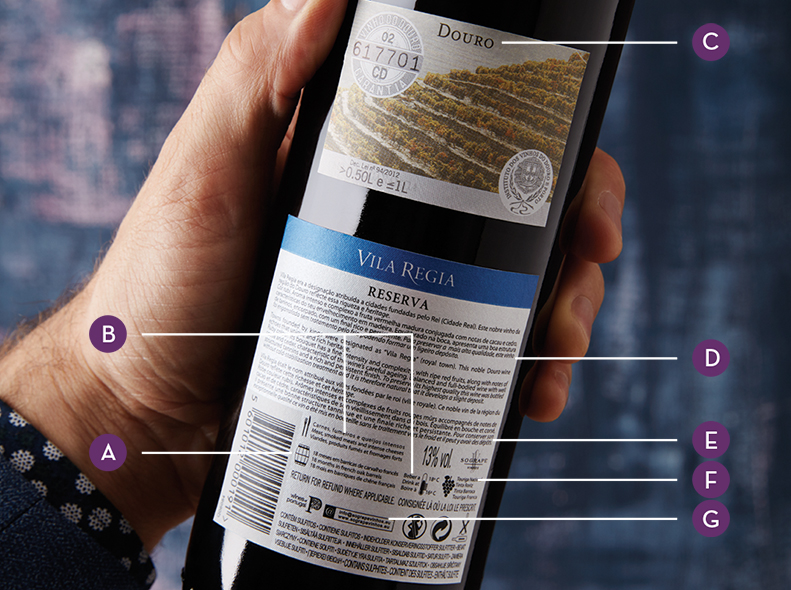Sometimes you need to parse the shelves or a wine list with a quick but savvy eye. Voilà! A shortcut guide to trendy regions and wine styles, and fresh rules-of-thumb for tasting without fear.
COLOUR AND COUNTRY:
When in doubt choose whites (like Albariño) from Spain, rosés from France and reds from the U.S. (California for bolder varietals and blends, Oregon for Pinot Noir)—a highly simplified matrix that rarely disappoints.
STELLAR WHITES:
Namecheck white wines from Portugal’s Douro region and look out for Aligoté, a staple grape in white Burgundy blends now in the varietal spotlight.
GERMAN AND AUSTRIAN COOL:
We all know German Riesling and Austrian Grüner Veltliner are a foodpairer’s friends: watch for Austrian Riesling as the next big thing.
EGG IS THE NEW OAK:
The use of big, egg-shaped concrete ageing-vats rivals barrels and stainless tanks — labels and websites often “eggs-claim” it.
REGIONAL SHORTCUT:
The Loire Valley in central France is a current wineworld darling for whites like Chenin Blanc and light reds and rosés featuring Gamay.
CATCH PHRASE:
Vin de soif is a French (and sommelier) catchphrase for a light, quaffable wine that’s great with or without food.
◄ ►

